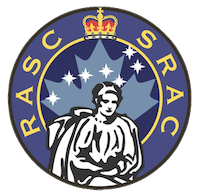Walter Sydney Adams (1876-1956) was born in Antioch, Turkey to Lucien Harper Adams and Nancy Dorrance Francis Adams, missionary parents, and was brought to the U.S. in 1885. He graduated from Dartmouth College in New Hampshire in 1898, then continued his education in Germany. After returning to the U.S., he began a career in Astronomy that culminated when he became director of the Mount Wilson Observatory.
His primary interest was the study of stellar spectra. He worked on solar spectroscopy and co-discovered a relationship between the relative intensities of certain spectral lines and the absolute magnitude of a star. He was able to demonstrate that spectra could be used to determine whether a star was a giant or a dwarf. In 1915 he began a study of the companion of Sirius and found that despite a size only slightly larger than the Earth, the surface of the star was brighter per unit area than the Sun and it was about as massive. Adams had discovered the first white dwarf star, and his measurement of its gravitational redshift was taken as confirming evidence for the general theory of relativity. Along with Theodore Dunham, he discovered the strong presence of carbon dioxide in the infrared spectrum of Venus.
Adams' spectroscopic studies of sunspots and stars led to the discovery, with A. Kohlschutter, of a spectroscopic method for determining stellar distances, the relative intensities of spectral lines being used to determine absolute magnitudes of both giant and main-sequence stars. He served as director of the Mount Wilson Observatory from 1923 to 1946.
Adams was named an Honorary Member of the Royal Astronomical Society of Canada on 1945-01-12.
The asteroid (3145) Walter Adams is dedicated to him, as well as craters on the Moon and Mars.

